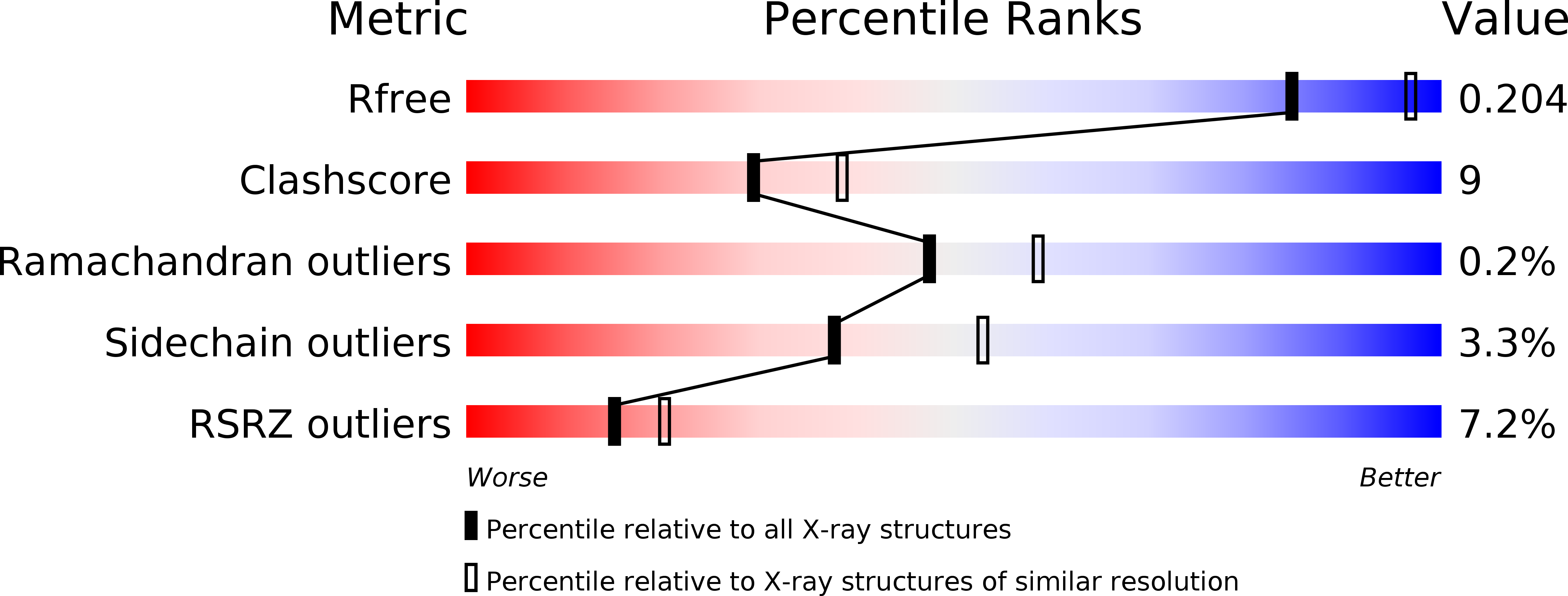
Deposition Date
2007-10-05
Release Date
2008-08-19
Last Version Date
2023-08-30
Entry Detail
PDB ID:
2RH4
Keywords:
Title:
Actinorhodin ketoreductase, actKR, with NADPH and Inhibitor Emodin
Biological Source:
Source Organism:
Streptomyces coelicolor (Taxon ID: 1902)
Host Organism:
Method Details:
Experimental Method:
Resolution:
2.30 Å
R-Value Free:
0.20
R-Value Work:
0.17
Space Group:
P 32 2 1


